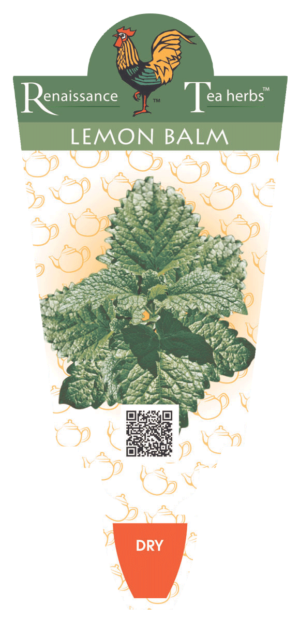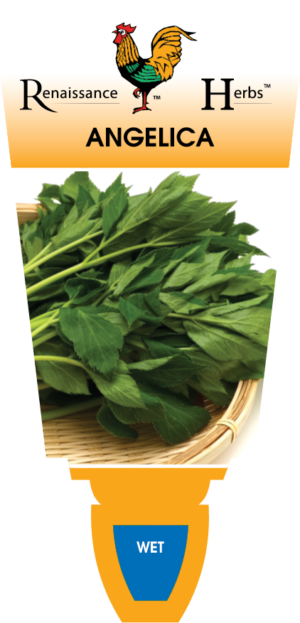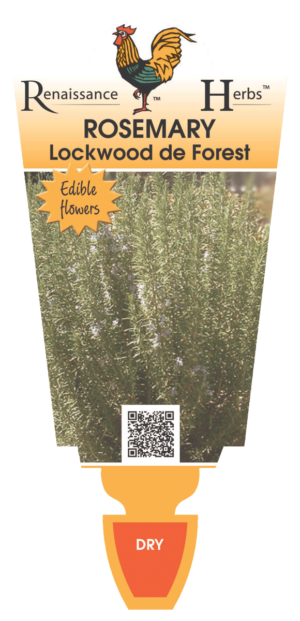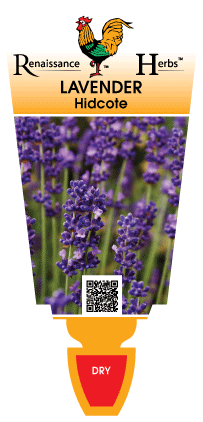Description
(Helianthus tuberosus)
Just to clarify the confusion between Jerusalem artichokes and globe artichokes. Despite their name, Jerusalem artichokes have nothing to do with the city of Jerusalem, and while they look nothing like globe artichokes, both are in fact part of the Asteraceae family, which also includes sunflowers.
Growing Tips
Adaptable to most soils, but prefer soil enriched with organic matter. Plant in all climates from June – August. Keep soil moist during the dry season, don’t over-water. Plant direct into ground 10-15cm deep, and cover with soil. These hardy plants require little attention. However, use mulch to keep the soil at an even temperature.
Use
Although raw Jerusalem artichokes are not universally enjoyed, they can be peeled, sliced thinly and added to salads. Jerusalem artichokes discolour once they are peeled, so have a bowl of water adulterated with lemon juice nearby and drop the pieces in as they are prepared. The delicate flavour and creamy colour of Jerusalem artichokes are beautiful in a pureed soup. They are also delicious roasted with rosemary and maybe a clove or two of garlic, either on their own or combined with chunks of carrot, parsnip and potato.
Herb Attributes
| Harvest | 4-5 months from planting. Plants can grow to a height of 2 metres and cast a lot of shade, so situate them where the shade will not cause problems to a neighbouring crop. For the best quality tubers, nip out the flower heads at budding stage and cut all flower stems close to the ground before harvesting the tubers. The tubers are ready for harvest after the flowers and stems have died off. Tubers not harvested will produce even more plants the following year. |
|---|---|
| Position | Prefers full sun. Suitable for all climates. Frost hardy. |
| Lifespan | Perennial |





